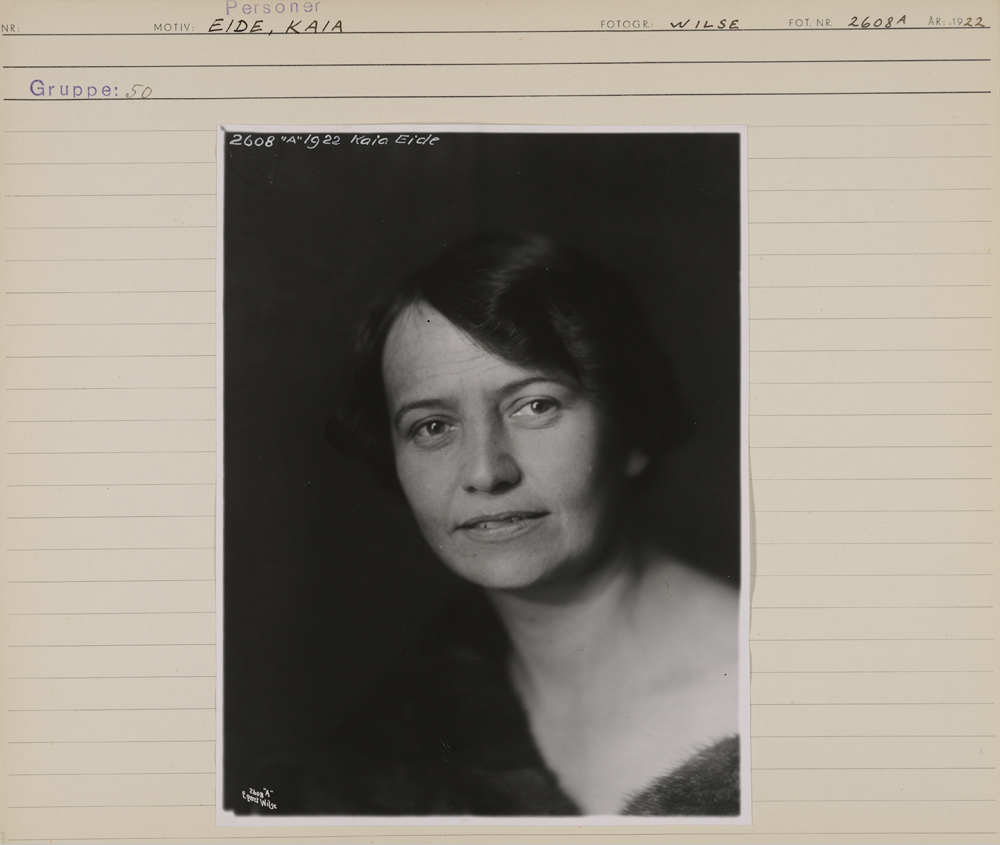Wall of Fame/June: Anders B. Wilse
From Vision Machines to Instagram
Every month a new photograph is presented on "Wall of Fame" – the innermost wall in the anniversary exhibition From Vision Machines to Instagram.
From May 26 to June 28 the honor is given to Anders Beer Wilse (1865-1949), considered one of Norway's most important photographers. In 2015 we celebrate the sesquicentennial of Wilse's birth.
Wilse grew up in Kragerø, Norway, and studied at the Technical School in Horten, graduating in 1882. Like many of his contemporaries he emigrated to the USA in 1884. Eventually he was employed as a surveyor and mapmaker with the United States Geological Survey in Seattle. Here he took an interest in photography when in 1897 he used a camera to map the desolate mountains of Montana and Idaho. At length he began working as a portrait photographer, and in 1897 he took up photography full-time.
Together with the photographer Daniel W. Kirk he started a photography business in Seattle which he later operated himself. In 1900 he went back to Norway as an established and experienced photographer. At Nedre Slottsgate 13 in Oslo he opened his studio. He was also a businessman with talent for marketing. Within a short time he was known as one of Norway's most accomplished photographers.
He quickly became Norway's major landscape and tourism photographer with enormous output. Wilse worked with tourist ships in the north of Norway from 1905 until 1913 and photographed in extensive areas of Norway using landscape and touristic motifs. He was also Aftenposten's correspondent in Svalbard and at times worked for the National Theater photographing stage sets and actors.
In the Preus museum's collection Wilse's photographs are found in the archive entitled Landslaget for reiselivets. The photographs are copied from Wilse's plates, glued onto archival cards, supplied with the Landslag archive number along with information about the picture. In this collection are also found a group of portraits of major figures of that time, an aspect of Wilse's work that is less well known. It is this portion of the collection that will be shown from May 26 to June 28 on the Wall of Fame.
Wilse's pictures show a Norway in the first half of the 20th century on the way to becoming a modern society. The photographs have contributed to the creation of Norwegian identity, and many are perceived as national icons. Stylistically Wilse's photographs are appropriate to the task he had. Where sharp observation and documentation are required, the pictures have it. But Wilse also can create Pictorialist mood images of landscapes and people. He was a superlative creator of images, and he did not refrain from cutting and pasting together several motifs into one if the need existed













